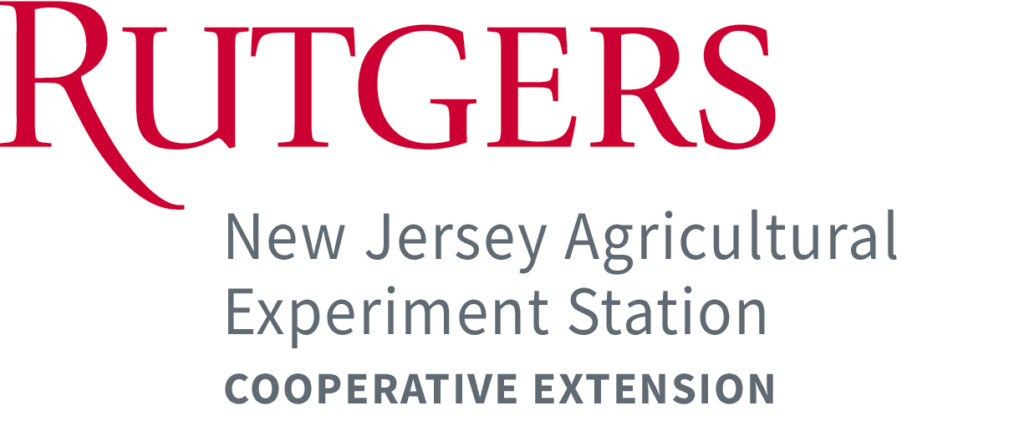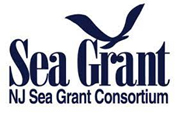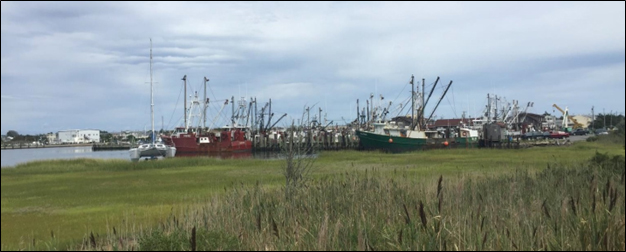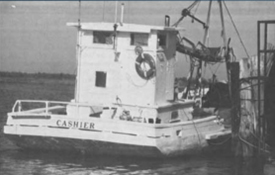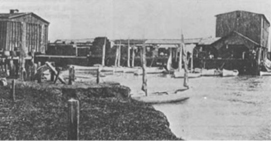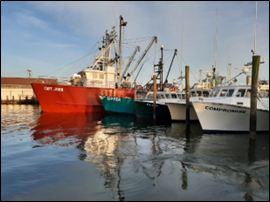Main Content
New Jersey’s commercial fisheries have been resilient for centuries. New Jersey is one of the top U.S states with regards to the economic value of the sustainable seafood harvested for local, national, and international consumption. Since the 1600’s, the commercial fishing industry has continuously adapted to changes in climate, fish populations, and fisheries management.
These changes include interacting factors such as:
- increased intensity and frequency of natural hazards (e.g., storms, flooding, and coastal erosion);
- shifts in the distribution and productivity of fisheries resources due to warming ocean waters and other interacting factors (e.g. predator-prey dynamics, fishing activity); and,
- increased pressures from other issues related to shifting ecosystem dynamics, climate change, and fisheries management.
Then why a Resilience Checklist?
The Fisheries Resilience Checklist for New Jersey’s Commercial Fishing Industry was developed to help commercial fishing businesses evaluate and improve their preparedness for coastal hazards and fisheries changes.
- The Fisheries Resilience Checklist (PDF)
Checklist Highlights
- Assess strengths and weaknesses of commercial fishing businesses.
- Identify opportunities to improve resilience to storms and other coastal hazards.
- Consider fisheries changes resulting from shifts in species’ distributions and productivity.
Who should use the Resilience Checklist?
The checklist can be completed by individuals (e.g. boat captains or owners, dock managers, seafood processors or dealers) or collaboratively as a group to aid in increasing the resilience of the whole port.
By considering these resilience factors, the commercial fishing industry will be better prepared to assess risks, plan, prepare, respond, and recover from coastal hazards and fisheries changes.
Learn More
In addition to the checklist, a StoryMap was produced to explain the project and communicate the utility of this checklist.
The online StoryMap can be accessed here.

Checklist Resources
Each checklist section cites additional resources, which when used alongside the checklist, can benefit New Jersey’s commercial fishing ports:
Assessing Coastal Hazards
- NJ Flood Mapper: mapping website created by Rutgers University, the Jacques Cousteau National Estuarine Research Reserve, and NOAA in order to visualize direct and indirect flooding impacts.
- FEMA Map Service Center: uses flood hazard maps to find the FEMA flood zone and base flood elevations for buildings that support your business.
- National Flood Insurance Program: information about commercial flood insurance options to protect buildings and equipment.
- FEMA Hazard Mitigation Grants: if your local government has a FEMA-approved hazard mitigation plan, then they can apply for grants on behalf of community members.
Prepare for Coastal Hazards
- NJ Office of Emergency Management: New Jersey’s official website for emergency preparedness, including obtaining emergency information and preparing for a variety of hazards.
- County Office of Emergency Management: visit your local county website for local emergency information.
- Nixle: sign-up for test message alerts with emergency information from your local public safety departments.
- Stevens Flood Advisory System: sign-up to receive an email when flooding is predicted at your local tide gauge.
- Ready.Gov: the federal government’s website for emergency preparedness, including toolkits and checklists to prepare for a variety of hazards.
Recover from Coastal Hazards
- Small Business Administration: provides low-interest disaster loans to help businesses recover from disasters.
- NOAA Fishery Disaster Assistance: Congress can appropriate funds to assist fishing communities with recovery following a fishery disaster determination.
- NJ Department of Environmental Protection, Division of Fish and Wildlife: find information on how to apply for assistance after a fishery disaster is declared.
- US Army Corps of Engineers, Philadelphia District: responsible for dredging the New Jersey Intercoastal Waterway (i.e., Manasquan Inlet to Cape May Canal in NJ).
- US Army Corps of Engineers, New York District: responsible for dredging federal navigation channels in and around the NY/NJ Harbor.
- NJ Department of Transportation, Office of Maritime Resources: responsible for dredging state navigation channels.
- NJ Department of Environmental Protection, Division of Land Resource Protection: information about required state permits for dredging (and many other post-storm recovery activities).
Assess and Prepare for Fisheries Changes
- Ocean Adapt: data and maps showing changes in the distribution of marine species based on scientific survey data (created by Rutgers University with NOAA).
- NOAA Fisheries Climate Information: info about climate change and its impacts on the ecosystem and living marine resources on the northeast U.S. continental shelf.
- NOAA Fisheries Northeast Vulnerability Assessment: scores species’ vulnerability to climate change based on biological sensitivity, exposure to change, and expected impact.
- Fisheries Research and Management Resources:
The following resources provide additional information regarding how climate change related impacts, including coastal hazards and fisheries shifts, are being considered in fisheries science and management.
Contact Information
Dr. Douglas Zemeckis, County Agent III (Assistant Professor), Rutgers Cooperative Extension, zemeckis@njaes.rutgers.edu
Lisa Auermuller, Administrative Director, Rutgers University, auermull@marine.rutgers.edu
Dr. Eleanor Bochenek, (Retired) Director – Fisheries Cooperative Center, Rutgers University, eboch@hsrl.rutgers.edu
Amanda Archer, Coastal Training Program Coordinator, Jacques Cousteau National Estuarine Research Reserve, Rutgers University, amanda.archer@marine.rutgers.edu
Acknowledgements
Thanks to others from Rutgers University who contributed to producing this checklist, including Vanessa Tropiano, Rachael Sacatelli, Jim Trimble, and Dr. Rick Lathrop. This checklist was adapted from existing Fisheries Resilience Indices developed by Mississippi-Alabama Sea Grant for the Gulf of Mexico and the Kachemak Bay National Estuarine Research Reserve for Alaska. The checklist was refined with broad participation from commercial fishing industry stakeholders in New Jersey and fisheries managers during 2020-2022.
This website is the result of work sponsored by New Jersey Sea Grant with funds from the National Oceanic and Atmospheric Administration (NOAA) Office of Sea Grant, U.S. Department of Commerce, under NOAA grant #NA18OAR4170087. The statements, findings, conclusions, and recommendations are those of the author(s) and do not necessarily reflect the views of New Jersey Sea Grant or the U.S. Department of Commerce. NJSG-22-987.
